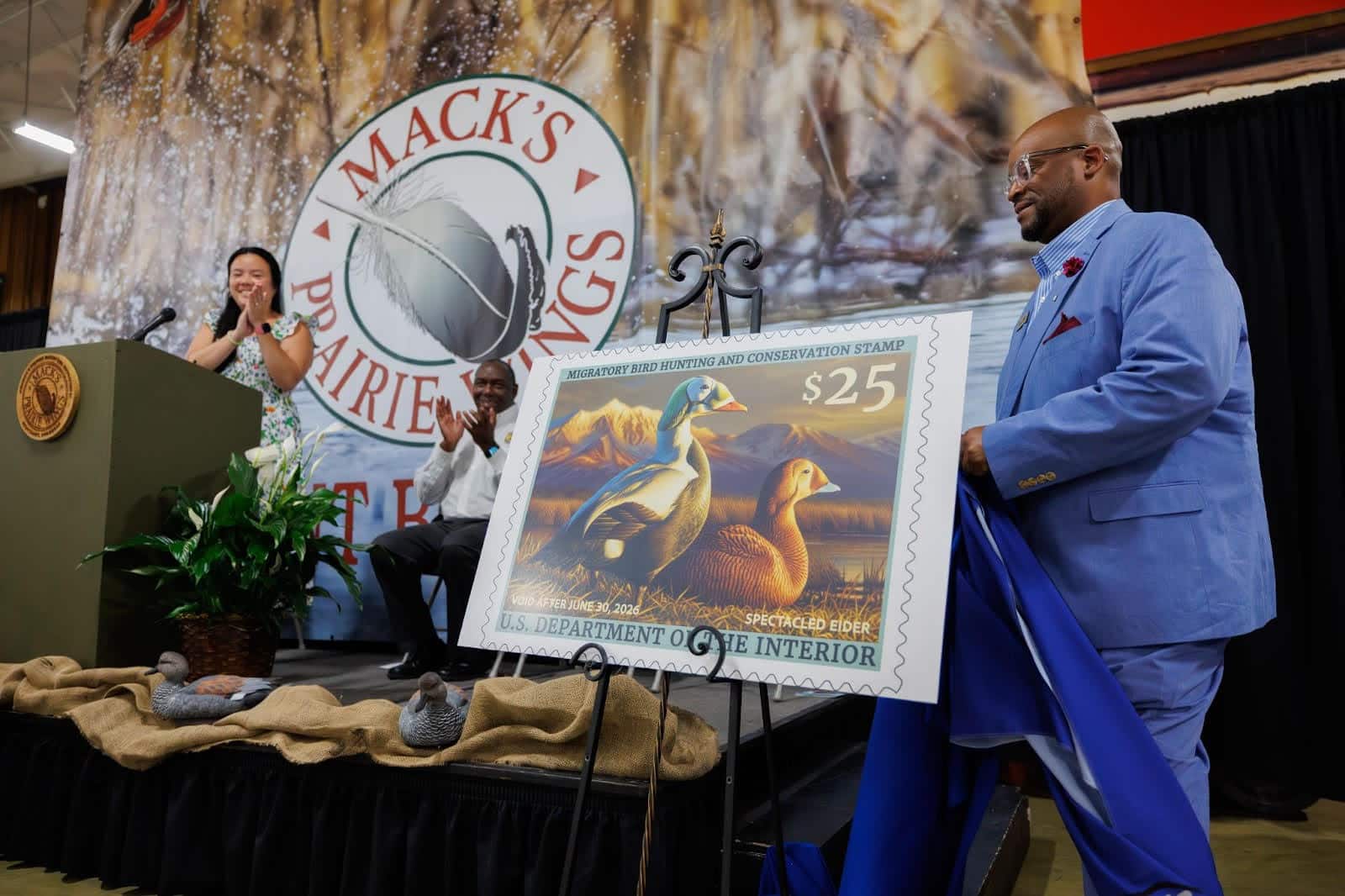Keep wildlife wild, leave ‘orphans’ alone
ON 05-05-2021
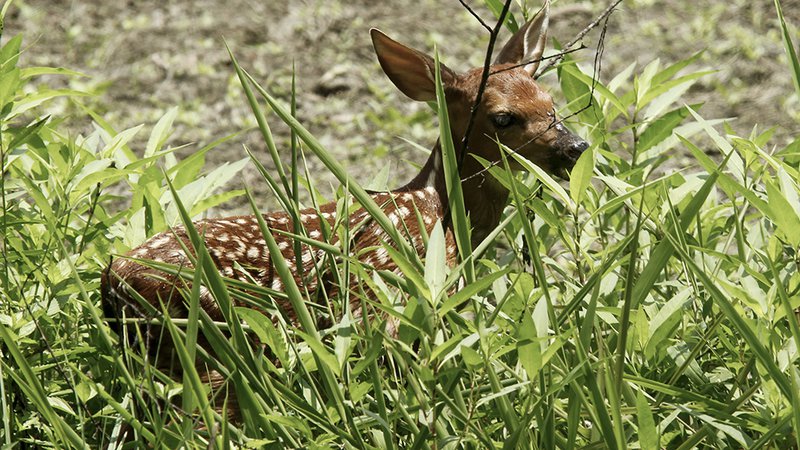
May 5, 2021
Randy Zellers
Assistant Chief of Communications
LITTLE ROCK — Each year, biologists with the Arkansas Game and Fish Commission get calls from worried conservation-minded individuals who happen across a young, helpless-looking deer, rabbits and birds that have apparently lost their mother. Moving those animals may be one of the worst things you can do to help it, and in the case of white-tailed deer fawns, taking it home can even land you in trouble with the law.
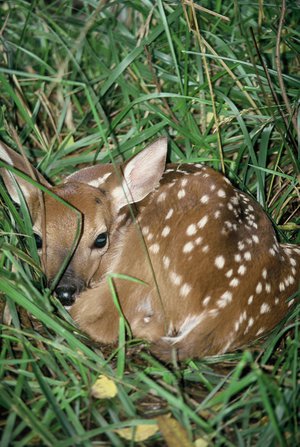
Most fawns found that seem abandoned aren’t alone after all. Lying perfectly still and quiet is part of a young deer’s survival instinct while its mother is away. Once a doe gives birth, she still needs to feed to maintain her health while nursing her young. She will go a short distance and eat, leaving the fawn alone during much of the day. By reducing the amount of visits she makes, she’s reducing the amount of attention brought to its hiding spot and the amount of scent left to alert predators of her young.
The fawn’s job is to stay as still as possible so that it remains hidden. Their spotted coat blends into the background, and they just lay there. In some cases, a person can literally push it along with a foot without it jumping up to flee.
In most cases, the mother deer is often just out of sight, waiting for you to leave so she can tend to her young. Rabbits, birds and many other wild animals have a similar plan for survival, with the parents leaving the young for sometimes long periods of time to gather food or eat to maintain their health while nursing.
Moving “orphaned” wildlife works against this plan. Instead of rescuing them, a person may be moving them from where the mother will return. It also leaves the good Samaritan struggling to figure out what to do with the animal. Wildlife rehabilitation experts often are overwhelmed by kidnapped young owls and other birds that were mistakenly “rescued” by well-meaning people.
Since the discovery of Chronic Wasting Disease in Arkansas in 2016, wildlife rehabilitators are no longer allowed to rehab white-tailed deer or elk, and hand-catching a white-tailed deer fawn is illegal. Moving live deer is one of the fastest ways CWD can spread over long distances. Once a CWD-positive deer or elk is housed at a facility, any subsequent deer or elk is at risk of contracting the disease. Release of those animals later could distribute the disease to new areas of the state, impacting thousands of deer in those areas.
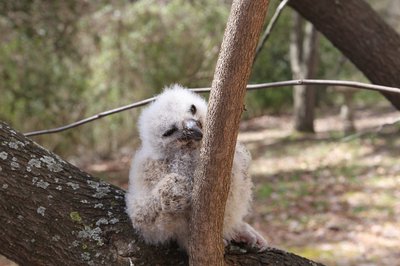
If you have taken a young animal from an area, the best practice is to place it back where you found it as soon as possible. If a baby bird has fallen from the nest, place it back or move it as close to the tree as possible. Forget the wive’s tales about the mother rejecting the young because of your scent; when she returns, she will take care of her young. In cases where the spot may have been unsafe because of a nearby road or predator, you can move the animal slightly and its mother will find it.
In those cases where the mother has been killed, The AGFC has a list of licensed wildlife rehabilitators that can take in certain animals available at www.agfc.com/en/wildlife-management/wildlife-rehabilitation. People should call ahead to ensure there is room to take in the young animals, and verify that the rehabber is licensed to take in the particular
Even if the mother deer is dead the fawn still has a chance of survival. According to Arkansas Game and Fish Commission biologists, a fawn can begin to eat and digest native vegetation as early as two weeks after birth, and are completely weaned within two to three months. There also is a chance other does are nearby that will take in the fawn as their own if they find them. In either case, that animal’s best chance of living a healthy life in the wild is for people to step aside and let Mother Nature take care of things.
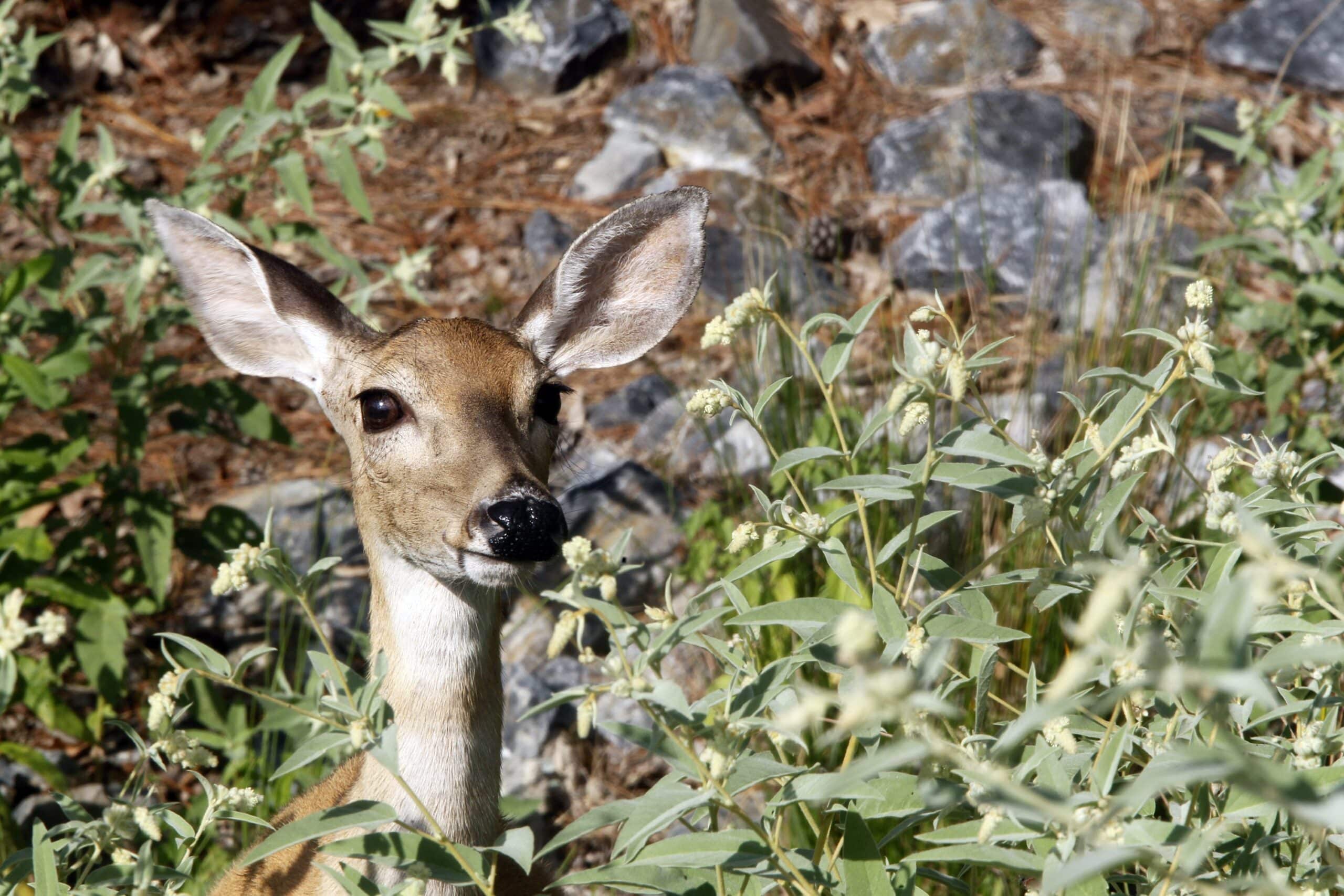
Recent News
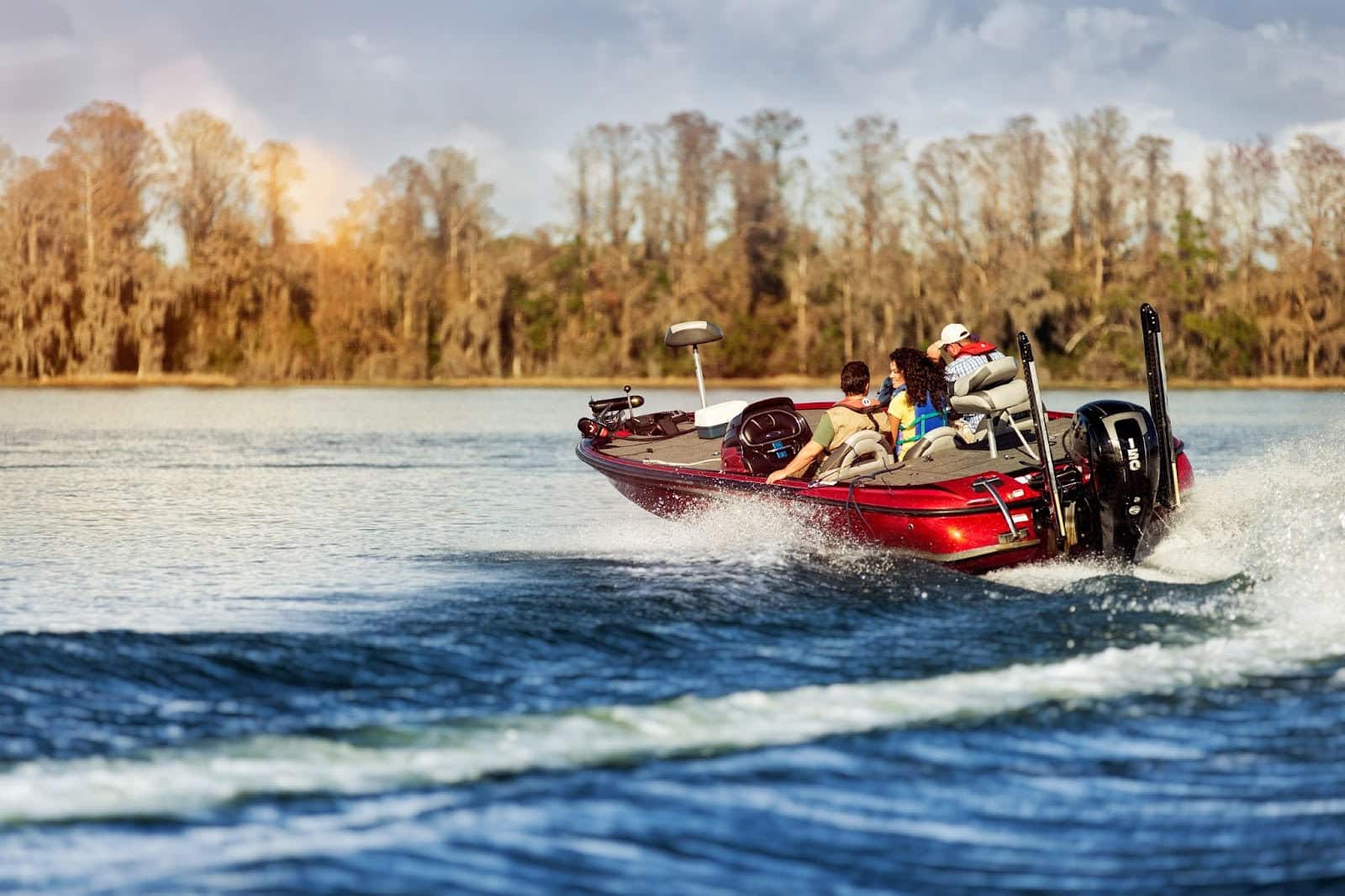
Watch your wake
Jul. 2, 2025
Subscribe to Our Weekly Newsletter E-mails
Don’t miss another issue. Sign up now to receive the AGFC Wildlife Weekly Newsletter in your mailbox every Wednesday afternoon (Waterfowl Reports are published weekly during waterfowl season and periodically outside the season). Fishing Reports arrive on Thursdays. Fill in the following fields and hit submit. Thanks, and welcome!

